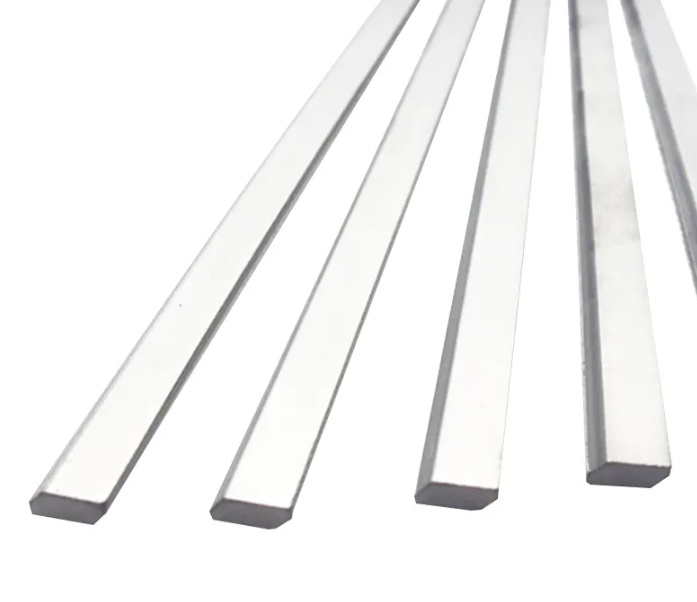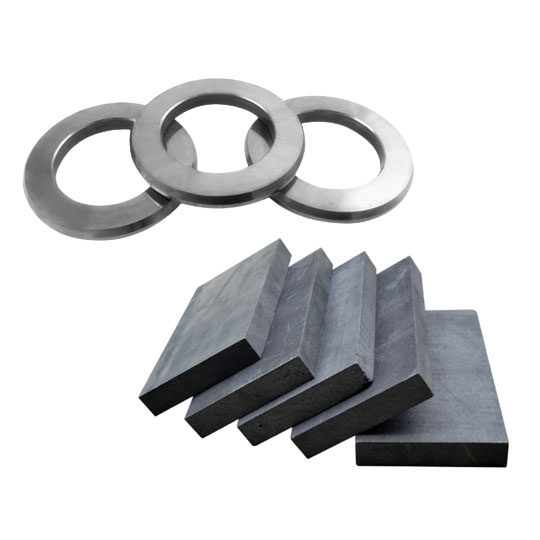の重要性 超硬プレート 産業部門
まずはシンプルな真実から始めよう。 カーバイドプレートは縁の下の力持ち 多くの産業で使われている。おそらく日常生活で目にしたことはないだろうが、信じてほしい。あなたが毎日使っている製品やサービスは、超硬プレートなしでは成り立たないのだ。超硬プレートは、現代機械の頑丈な骨格だと思ってください。戦車の装甲板のようなもので、長持ちし、耐えられるように作られています。
しかし、何が彼らを特別な存在にしているのだろうか?それは 炭化タングステンこのコンパウンドは超強靭で耐摩耗性、耐熱性に優れている。このコンパウンドは、超強靭で耐摩耗性、耐熱性に優れており、基本的に工業的な酷使に耐える材料としては三拍子揃っている。鉱業から製造業に至るまで、超硬プレートは切断、研削、成形、穴あけに最適です。また、柔らかい素材とは異なり、圧力がかかってもびくともしません。
つまり、超硬プレートがなければ、多くの産業活動は文字通り停止してしまうのです。航空宇宙、自動車、建設、そしてエレクトロニクスに至るまで、超硬プレートは世界の回転を支えている。
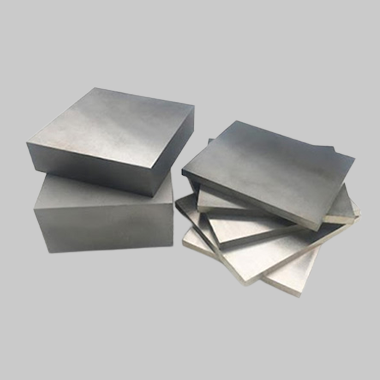
市場の現状 超硬プレート:2025年の現在地
について 2025年の超硬プレート市場 チャンスに満ち溢れながらも、世界的な厳しい監視下に置かれているのだ。今年の時点で、市場規模は以下の通りである。 18億米ドルになると予想されている。 2030年までに25億米ドルで成長している。 年平均成長率は約5.6%.
何がこの成長を後押ししているのか?さまざまな要因が絡み合っている。ひとつは産業の近代化で、特に中国やインドのようなアジア太平洋諸国が重機械部門を活性化している。産業界がより長持ちし、リサイクル可能な材料を求めるようになるにつれ、耐用年数の長い超硬プレートはさらに魅力的に見える。
しかし、すべてが順風満帆というわけではない。変動する原料価格、特にタングステンの価格が、メーカーを追い詰めている。加えて、環境規制の高まりが、特にヨーロッパと北米での生産を難しくしている。それでも需要は減速していない。
超硬プレートの主な用途産業
さて、超硬プレートはいったいどこで威力を発揮するのか?を見てみよう。 主要アプリケーション産業:
1.金属加工と工具
これが大物だ。超硬プレートは、金属を切ったり、削ったり、挽いたり、形を整えたりする工具を作るのに使われる。なぜか?鋼はより強靭でなければ鋼を切ることができないからだ。
2.鉱業と建設業
プラスチックのスプーンで岩盤を掘削することを想像してみてください。鉱業では、超硬プレートは切削工具、ドリルビット、摩耗部品に使用されている。建設業でも同様で、固い土を掘ったり、切ったり、裂いたりする機器に組み込まれている。
3.石油・ガス産業
これらの分野では、摩耗と腐食の両方に耐える部品が必要であり、これは超硬合金の完璧な仕事です。ダウンホールツール、バルブ部品、ノズルはすべて超硬プレートの耐摩耗性に依存しています。
4.航空宇宙・防衛
このような高性能の分野では、材料は軽量であると同時に非常に耐久性がある必要がある。超硬合金は、ジェットエンジン、装甲、精密誘導工具などに使われている。
5.エレクトロニクスと半導体
意外でしょう?でも、そうなんです。超硬プレートは、半導体の精密加工には欠かせないものなんです。微細な部品の成形に必要な精度と耐久性を提供するのだ。
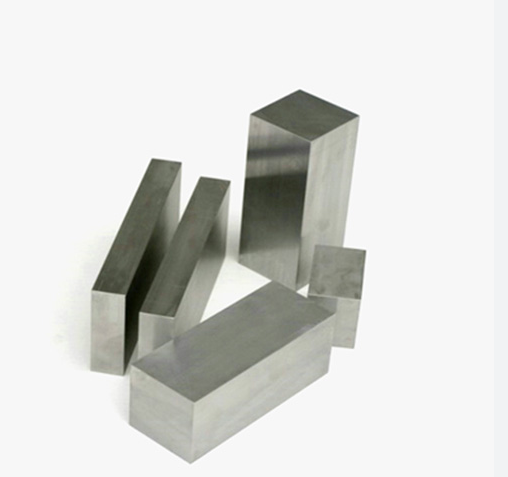

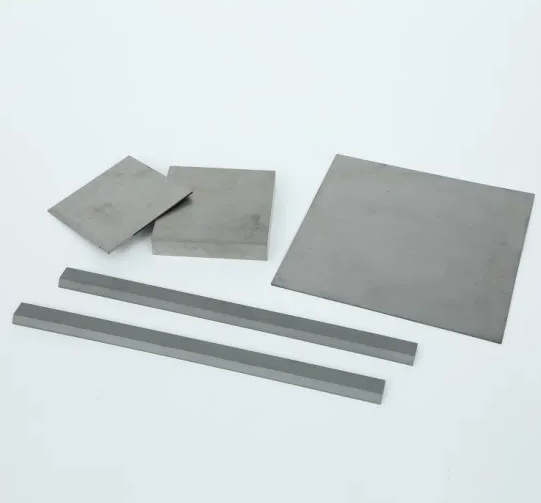
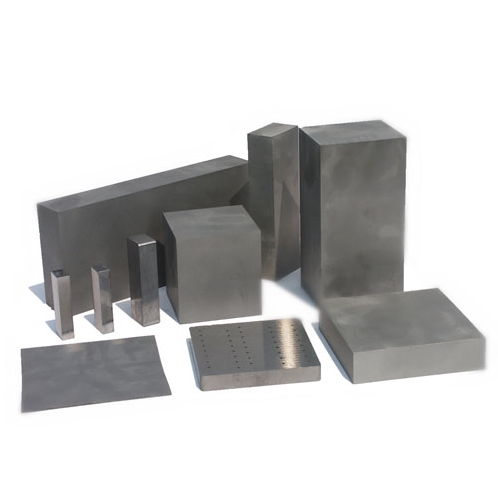

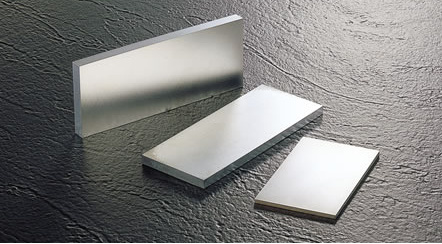
超硬プレートの市場促進要因と課題
市場成長を促進する主な要因
- 産業拡大:中国、インド、ブラジルのような経済成長に伴い、重機械や精密工具に対する需要も高まっている。
- 耐久性のある素材への需要の高まり:産業界は、安価で短期的な素材から、より持続可能で長持ちする素材へと移行しつつある。
- 技術の進歩:新しい焼結技術とコーティング技術が超硬プレートの性能を向上させ、その魅力をさらに高めている。
注意すべき課題
- 原材料の変動:タングステンは高価で、政治的にデリケートである。サプライチェーンが混乱すれば、一夜にして価格が跳ね上がることもある。
- 環境規制:政府は採掘や生産工程を厳しく取り締まり、メーカーにクリーンな方法の採用を促している。
- 高い生産コスト:超硬プレートの製造は安くはない。激しいエネルギーと特殊な設備が必要なんだ。
超硬プレートの市場区分
市場をより明確に把握するために、分解してみよう:
素材タイプ別
- 炭化タングステン(WC)
- 炭化チタン(TiC)
- 炭化タンタル(TaC)
グレード別
- 微粒子超硬合金 - より良い硬度と強度を提供する。
- 粗粒超硬合金 - 耐衝撃性に優れている。
アプリケーション別
- 切削工具
- ウェアパーツ
- 金型とパンチ
- 構造部品
地域別
- 北米:航空宇宙と防衛が牽引し、着実な成長。
- ヨーロッパ:持続可能で高精度なツーリングに注力。
- アジア太平洋:製造拠点からの大量の需要で支配的。
- その他の地域:新興国が急成長
特定の金属粉末モデル 超硬プレート
以下はその様子である。 10種類以上の金属粉モデル 超硬プレート製造に使用され、それぞれに長所と癖がある:
| 金属粉モデル | 主要素材 | 粒度 | ベスト・ユースケース | メリット | デメリット |
|---|---|---|---|---|---|
| WCコ(A10) | タングステン+コバルト | ファイン | 切削工具 | 高硬度、耐摩耗性 | 高価、脆い |
| WC-Ni (N20) | タングステン+ニッケル | ミディアム | 耐食工具 | 良好な靭性、耐食性 | より低い硬度 |
| WC-TiC (T15) | タングステン+チタン | ファイン | ミーリングインサート | 高温耐性 | プレーンWC-Coより高価 |
| WC-TaC (Ta25) | タングステン+タンタル | ミディアム | 航空宇宙用工具 | 高い耐衝撃性 | 高い生産コスト |
| Cr3C2-NiCr | 炭化クロム | 粗目 | コーティング&スプレー | 高温の表面に最適 | 低密度 |
| VCコ(V10) | 炭化バナジウム | ファイン | マイクロツール | 極めて細かい粒度 | ストレスに弱い |
| TiCN(炭窒化チタン) | チタンベース | ファイン | 半導体加工 | 優れた耐摩耗性 | 衝撃が強いと脆くなる |
| NbC(炭化ニオブ) | ニオブベース | ミディアム | 高性能ドリル | タフネス | 稼働率の低下 |
| Mo2C-Co | 炭化モリブデン | 粗目 | 鉱山機械 | 荷重に対する高い強度 | 高価な合金化 |
| WC-CoCr | タングステン+コバルトクロム | ミディアム | 医療器具 | 生体適合性、強度 | 高い |
| WC-CoTi | タングステン+コバルトチタン | ファイン | 精密金型 | 高精度 | 耐食性が低い |

よくあるご質問
| 質問 | 回答 |
|---|---|
| 超硬プレートは何に使うのですか? | 主に工業用切断、穴あけ、耐摩耗部品に使用される。 |
| 超硬合金が鋼鉄より優れているのはなぜですか? | 超硬合金は鋼鉄に比べて硬く、耐摩耗性、耐熱性に優れている。 |
| 炭化タングステンは有毒か? | 粉末の場合、吸い込むと危険である。しかし、固形物であれば、一般的に取り扱いは安全である。 |
| 超硬プレートの生産でリードしている国は? | 中国、ドイツ、米国がトップ生産国である。 |
| 超硬プレート市場はどのように成長すると予想されるか? | 2030年までの年平均成長率は5.6%と予測されている。 |
| カーバイドに代わる環境に優しい代替品はありますか? | 同じ性能ではないが、セラミックやコーティング素材の研究が進んでいる。 |
| なぜ超硬プレートは高価なのか? | タングステンのような原材料のコストと複雑な製造工程が価格を押し上げる。 |
| 超硬プレートはリサイクルできますか? | はい、使用済みの超硬工具や超硬プレートは新しいものにリサイクルできます。 |
| 超硬プレートの最大の市場は? | アジア太平洋地域、特に中国とインドは、その広大な製造拠点に起因する。 |
| 超硬パウダーの違いはプレートの性能に影響しますか? | どのモデルも、特定の用途に対して明確な利点を提供します。 |

